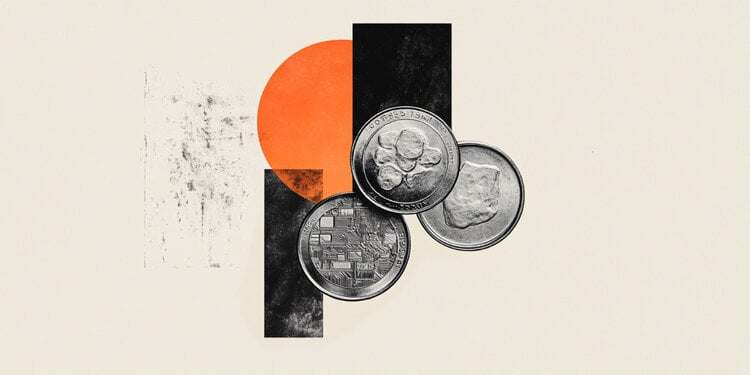XAG/USD stalls below $38.50 as the USD sell-off stops

- Silver keeps trading higher, but $38.50 resistance is holding bulls for now.
- Rumours that Governour Waller might be the next Fed Chair have provided some support to the USD.
- On Thursday, St. Louis Fed Governour Bostic said that it is too early to commit to a rate cut in September.
Silver (XAG/USD) is trading higher on Friday and on track for a 3.5% weekly rally from $31.20 lows, but the precious metal is struggling to find acceptance in the upper range of the $38.00s, which might lead to some bearish correction.
The Fundamental background remains favourable, with recent US data putting pressure on the US Dollar to lower interest rates, but comments from St Louis Fed President Raphael Bostic warning about the inflationary impact of Trump’s tariffs have eased hopes of a September cut, providing some support to the US Dollar.
Beyond that, news reports by Bloomberg suggesting that Fed Governor Christopher Waller might have convinced Trump’s team to be the best candidate to replace Jerome Powell as Fed Chairman have been welcomed by the market, providing some support to the US Dollar.
Markets are hesitant with the Fed in the spotlight
On the other hand, rumours that Stephen Miran will fill Adriana Kugler’s vacancy in the Fed’s Government Board are seen as a move to increase the doves’ side, aiming to bend the bank’s stance towards a more accommodative monetary policy.
On the macroeconomic front, US Jobless claims rose twice as expected in the last week of July, showing a 226,000 reading from the previous week’s 218,000 claims. These readings exceed investors’ expectations of a moderate increase, to 221,000, and add to the evidence of a weakening labour market.
The US Dollar Index, which measures the Greenback against a basket of the most traded currencies, has depreciated more than 2% from Friday’s highs, but a potential double bottom, at the 98.00 area, and a bullish divergence suggest the possibility of some recovery, which would increase bearish pressure on precious metals.
(This story was corrected on August 8 22, at 08:18 GMT to say that $38.50 is a resistance level, and not support, as previously stated.)
Silver FAQs
Silver is a precious metal highly traded among investors. It has been historically used as a store of value and a medium of exchange. Although less popular than Gold, traders may turn to Silver to diversify their investment portfolio, for its intrinsic value or as a potential hedge during high-inflation periods. Investors can buy physical Silver, in coins or in bars, or trade it through vehicles such as Exchange Traded Funds, which track its price on international markets.
Silver prices can move due to a wide range of factors. Geopolitical instability or fears of a deep recession can make Silver price escalate due to its safe-haven status, although to a lesser extent than Gold’s. As a yieldless asset, Silver tends to rise with lower interest rates. Its moves also depend on how the US Dollar (USD) behaves as the asset is priced in dollars (XAG/USD). A strong Dollar tends to keep the price of Silver at bay, whereas a weaker Dollar is likely to propel prices up. Other factors such as investment demand, mining supply – Silver is much more abundant than Gold – and recycling rates can also affect prices.
Silver is widely used in industry, particularly in sectors such as electronics or solar energy, as it has one of the highest electric conductivity of all metals – more than Copper and Gold. A surge in demand can increase prices, while a decline tends to lower them. Dynamics in the US, Chinese and Indian economies can also contribute to price swings: for the US and particularly China, their big industrial sectors use Silver in various processes; in India, consumers’ demand for the precious metal for jewellery also plays a key role in setting prices.
Silver prices tend to follow Gold’s moves. When Gold prices rise, Silver typically follows suit, as their status as safe-haven assets is similar. The Gold/Silver ratio, which shows the number of ounces of Silver needed to equal the value of one ounce of Gold, may help to determine the relative valuation between both metals. Some investors may consider a high ratio as an indicator that Silver is undervalued, or Gold is overvalued. On the contrary, a low ratio might suggest that Gold is undervalued relative to Silver.